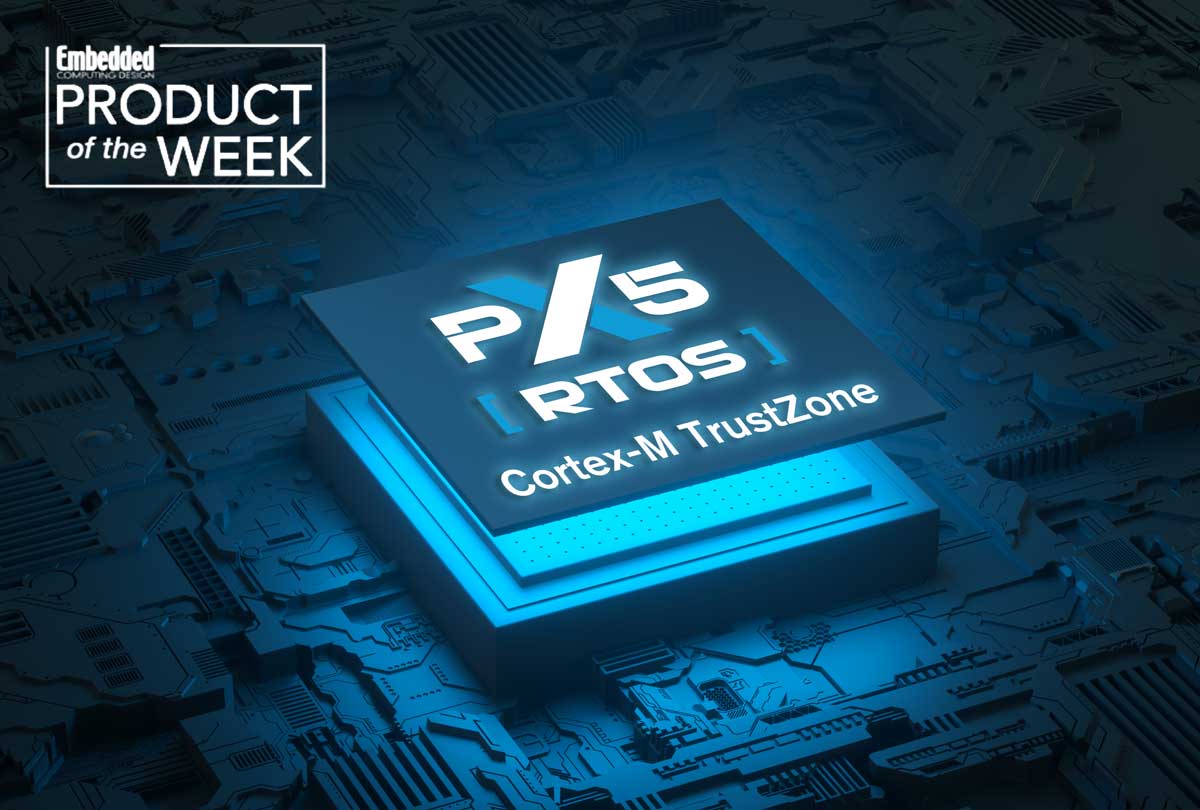

By Embedded Computing Design Staff
embeddedcomputing.com
A microkernel-based operating system like the PX5 RTOS from embedded software company, PX5, reinforces the aforementioned device security with support for the Arm® TrustZone® technology for the Cortex®-M23 and Cortex®-M33 microcontrollers. The industrial-grade, fifth-generation RTOS enables application code at the hardware level by separating secure and non-secure MCU functions.

Complementing the Arm TrustZone technology is the patent-pending Pointer/Data Verification (PDV) technology used for locating and preventing computer program errors like buffer errors. The RTOS is also built using industry-standard POSIX pthreads APIs for writing multi-threaded programs in C/C++ that enable running multiple tasks simultaneously on different operating systems.
The POSIX pthreads APIs also support mechanisms such as signals, condition variables, semaphore, mutex and message queues, and extensions like event flags, fast queues, tick timers, and memory management. The RTOS employs a small footprint and scales quickly with a 3-step installation aided by two easy-to-use sources files: px5.c and px5_binding.s, and one “main” file that is automatically promoted to first system thread.
The RTOS supports read-only memory (ROM) Flash at a minimum of 1KB to < 40KB maximum. The solution also supports portable ANSI C for system programming, and is C-STAT static analysis verified and MISRA-compliant with few exceptions.
The PX5 RTOS supports development tools for IAR Systems, Eclipse/GCC, and Arm, which supplements the support for the Arm Cortex-M, Cortex-R and Cortex-A architectures.
An introduction video about the PX5 RTOS can be viewed below from the company’s YouTube channel, with additional videos covering mutex, multiple thread creation, and more.